Juan Manuel Vélez
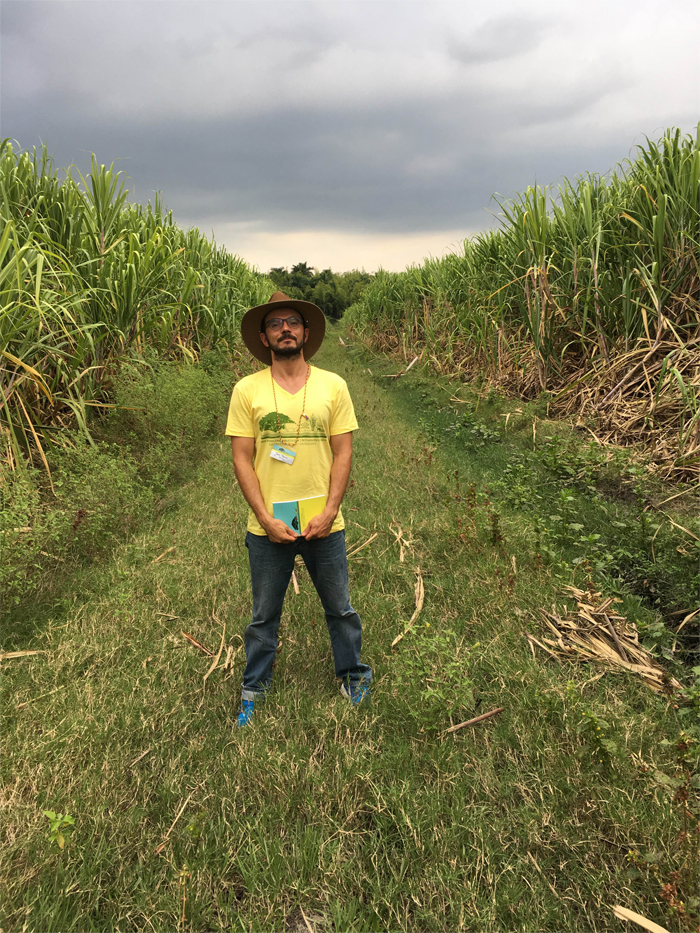
Juan Manuel’s research seeks to understand how Colombian farmers have politicized their relationship with seeds. Some farmers consider recent state policies restricting seed-saving and seed-trading as a form of dispossession. Such policies have politicized their relationship with seeds regarding their control and preservation to protect their livelihoods, their cultural identities and their territories. By interviewing farmers and experts in Colombia this summer, Juan hopes to understand the implications of state policies regarding seeds for farmers and the tensions between the positions of farmers and the government, and locate the possible […]
Justin Baik
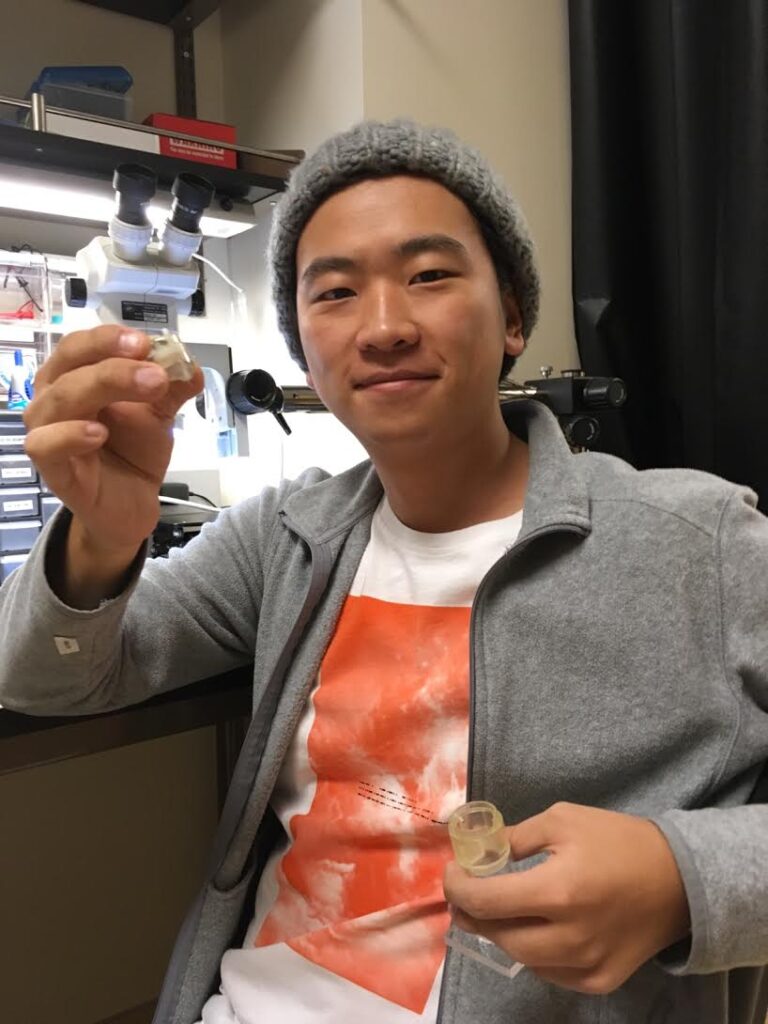
How does the brain convert sensory information to help us navigate around space? Spatial learning is what Justin believes to be the key in building the bridge between sensory input and navigation. The striatum, a region of the mammalian brain known to be crucial for spatial learning, will be deeply examined using the methods of optogenetics. In his project, Justin will be building methods to optically control striatal regions of freely behaving bats, and examine the neural circuitry that allows their sophisticated navigation around complex environments to be made possible. […]
Clint Terrell
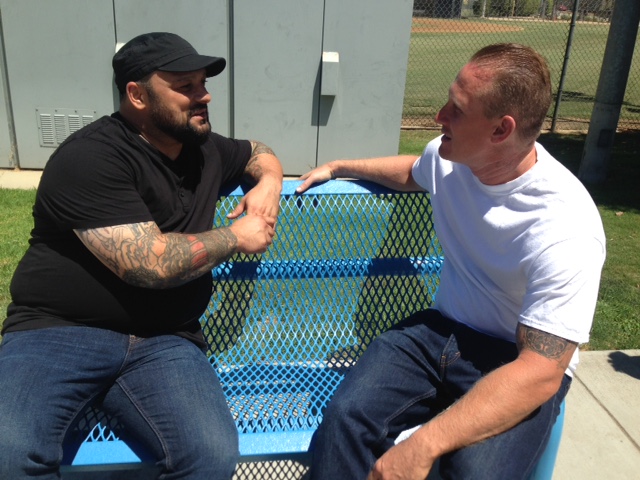
There has been a great deal of research on autobiographical literature that feature Native American captivity narratives, and African American slave narratives, but there is a lack of scholarly work that discusses contemporary prison narratives. Clint will analyze autobiographies, specifically prison, slave, and captivity narratives for their themes of literacy as a faculty of redemption and endurance. These autobiographical texts not only narrate the process of recovery, but serves as part of the restoration process. In addition to research, Clint will produce a creative product consisting of his own autobiographical […]
Ahmad Al-Zughoul
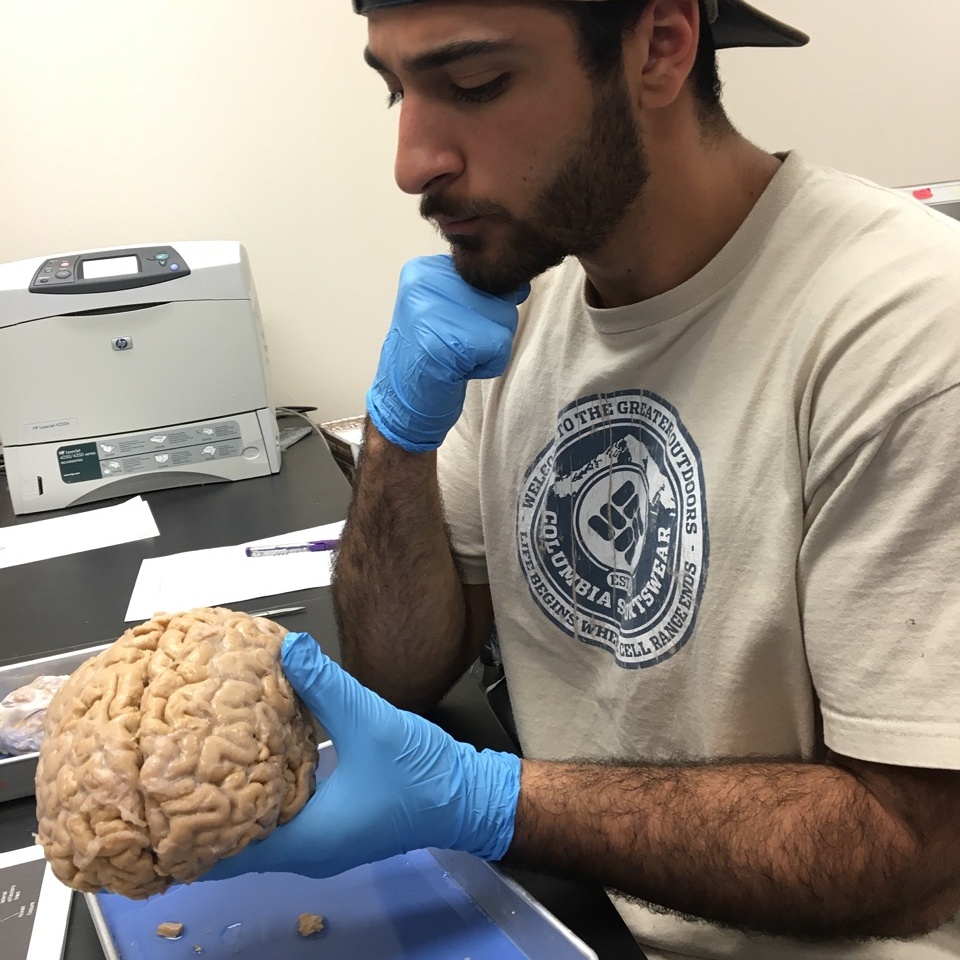
Visual working memory is a limited, short-term mental storage system that holds task-relevant visual information in mind and is important for visually guided behavior. Recent studies have suggested that visual working memory is closely linked to visual perception, implemented in overlapping brain regions and sharing similar brain circuitry. Ahmad’s research project will investigate the effects of the neurotransmitters acetylcholine and dopamine, which are known to play important roles in visual perception and in working memory, respectively, by combining pharmacologic manipulation of these neurotransmitters while measuring behavioral performance in a visual […]
Nicole Rankin

With the rise of political controversy, it is vital to explore what shapes our strong convictions. Moral ideologies are often the foundation of political arguments, and gender differences within morality have been widely disputed. To grasp the complex intersection of gender, morality, and politics, Nicole seeks to examine how gender and political affiliation affect moral choices about gendered politics. Controversial political statements will be morally reframed to align with liberal and conservative ideologies, seeking to find common ground on contemporary social issues. With the intention of swaying men and women, […]
Meaghan Allen
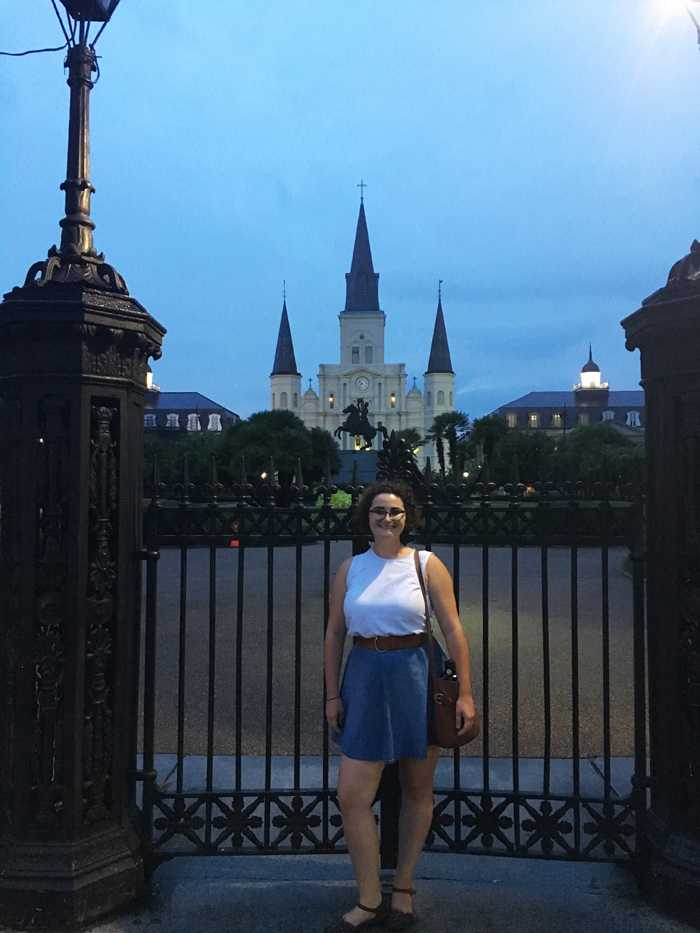
In the 1850s, urban mystery novels explored the sensationalistic imagination of immigrants, aristocrats, and the poor that emerged from mass urbanization in sprawling cities such as Paris, London, and New York. Mixing mystery, vice, myth, and experience into one lurid and melodramatic extravaganza, these novels commented politically, socially, and culturally. Baron Ludwig von Reizenstein’s The Mysteries of New Orleans creates a unique vision of immigrant perspective that challenges and problematizes current understandings of the antebellum American social ethos. Through extensive archival research and cultural absorption in the subject city of […]
Julian Ponce
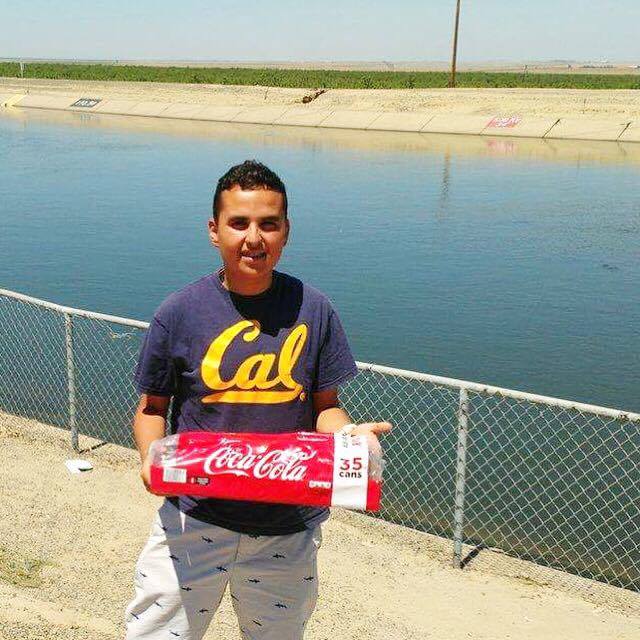
Current Bio: Julian is currently living in NYC and pursuing a Master of Public Health (MPH) degree at Columbia University Mailman School of Public Health in the department of Population and Family Health with a certificate in research methods. Julin has been working on a childhood asthma community based participatory project in San Juan, Puerto Rico and a study on depression and loneliness among retired adults in Santiago, Chile. Haas Scholars Project: Drinking potable tap water has been associated with decreased consumption of sugar-sweetened beverages (SSBs). However, more than one […]
Rosario Torres
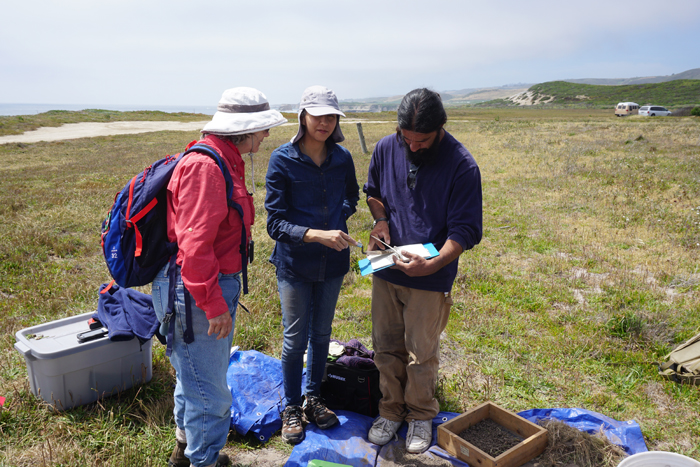
Rosario’s research will be speaking to the debate that abounds in California among archaeologists, ecologists, Native American scholars, and state and Federal agencies regarding the role that Native peoples played in shaping their environments. While some posit Native Californians were the ultimate eco-engineers, actively managing animal and plant communities, other scholars are more skeptical about the degree to which Native Californians managed ecosystems. In addressing some of these questions, Rosario’s research will feature ethnobotanical remains that may be the product of anthropogenic land management practices employed by Native peoples along […]
Kimberly Martin
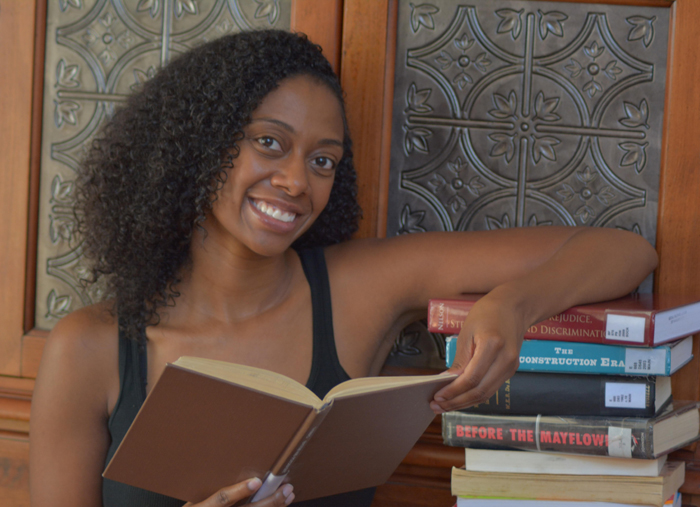
Many people assume that racism is a binary dimension whereby people are either racist or not. However, over forty years of research indicates that not only are there several distinctive forms of racism, but that they exist on a continuum. Recent trends have shown that while blatant forms of racism seem to be decreasing, there are indirect forms of racism now prevailing. Through the collection of survey data, Kimberly’s research will investigate how these subtle and even unconscious forms of racism affect peoples perceptions of institutions associated with a particular […]
Jorge David Mancillas
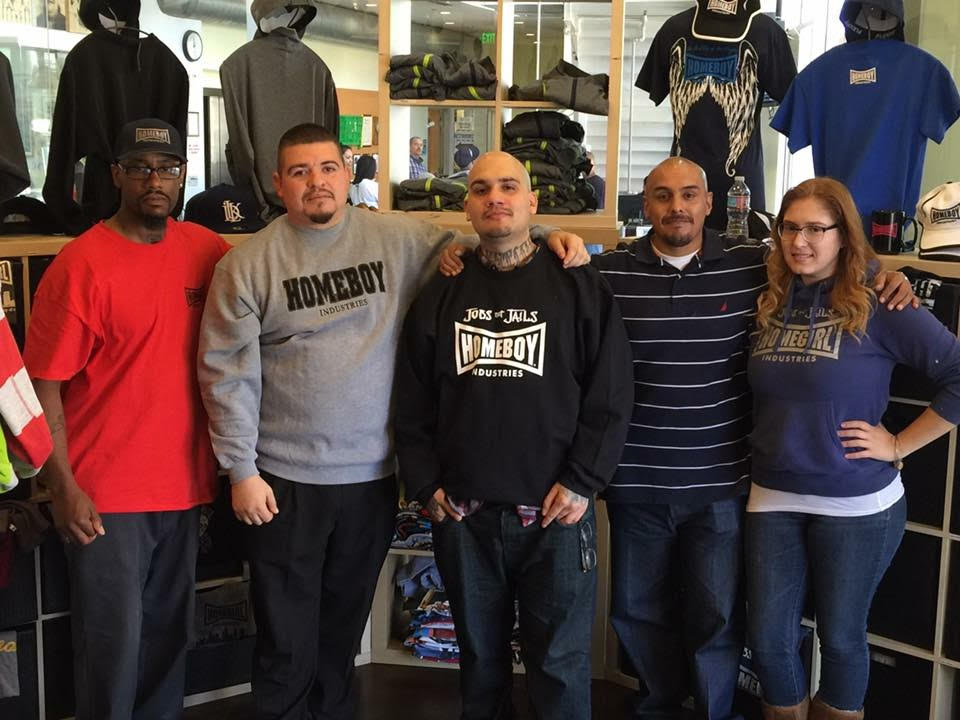
Jorge-David Mancillas will be traveling to Los Angeles to conduct research on the effectiveness of gang intervention. In Los Angeles, the so-called gang capital of the world, more than half of the yearly homicides are gang-related. Homeboy Industries, a gang intervention program located in East Los Angeles, is the most successful gang intervention program in the nation, utilized by more than 10,000 community members a year. Through an analysis of in-depth interviews with gang-members and former gang-members, Jorge will be studying how Homeboy Industries operates and how/why they are successful. […]